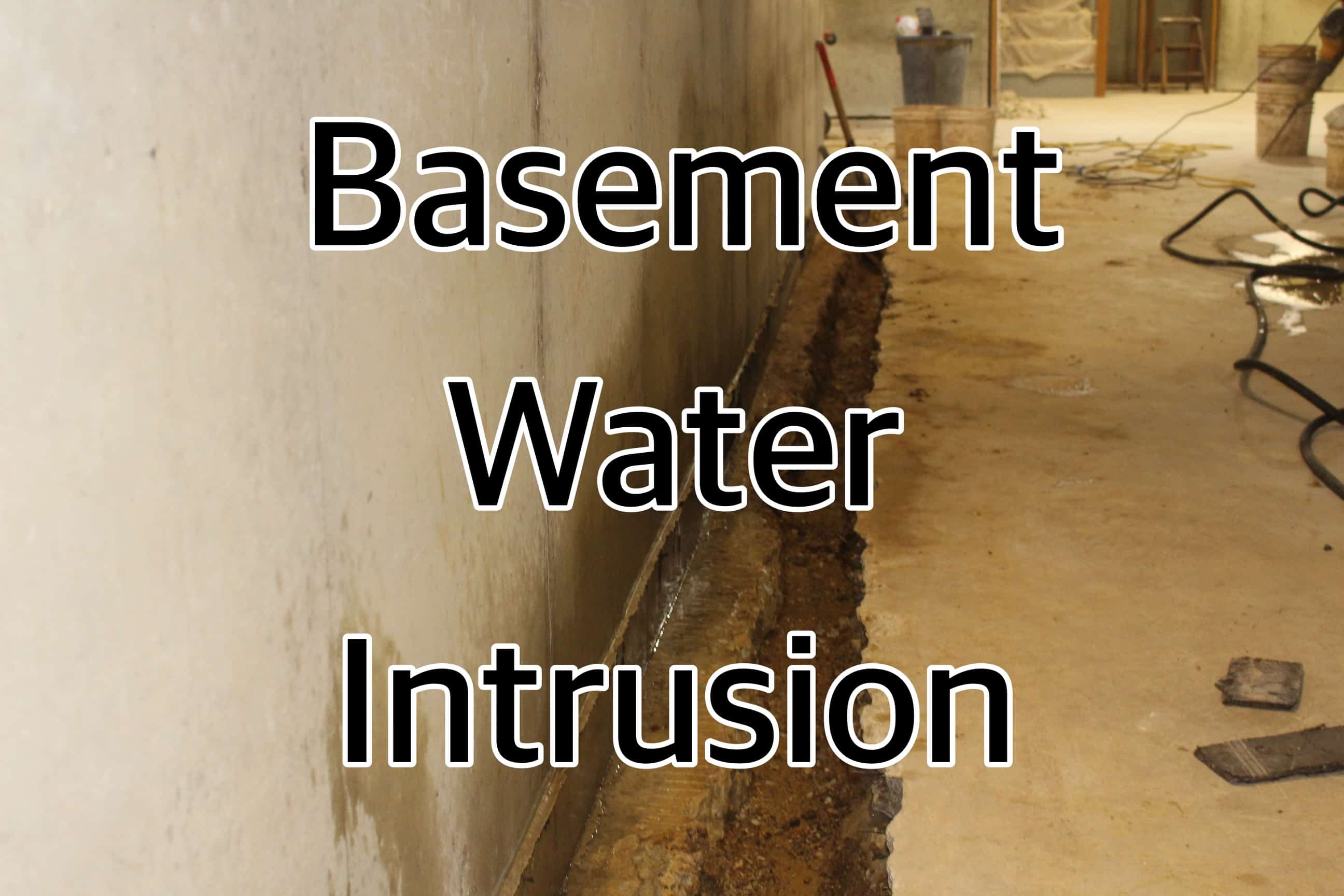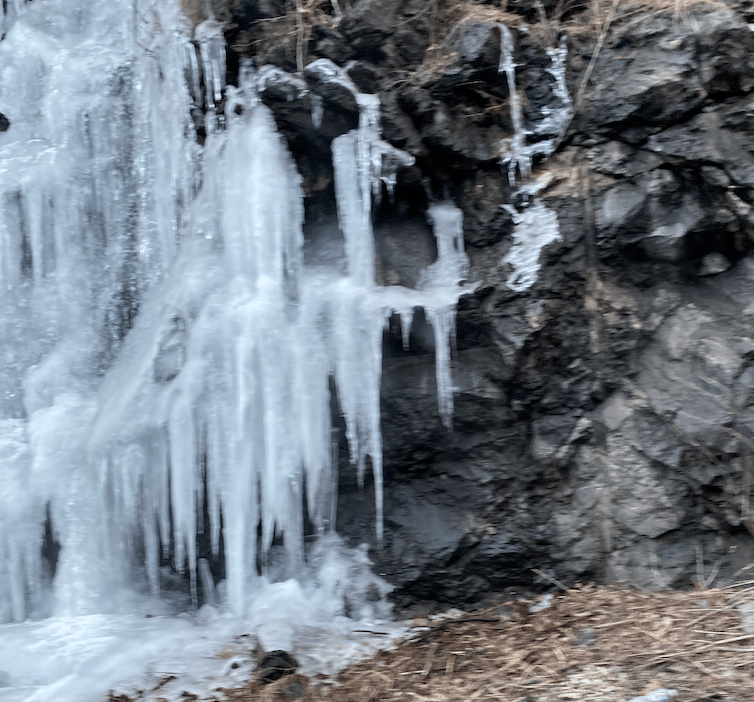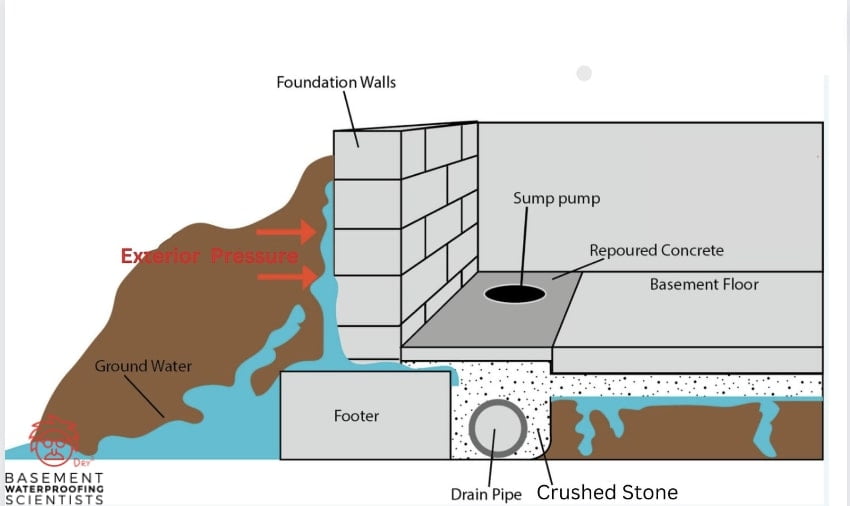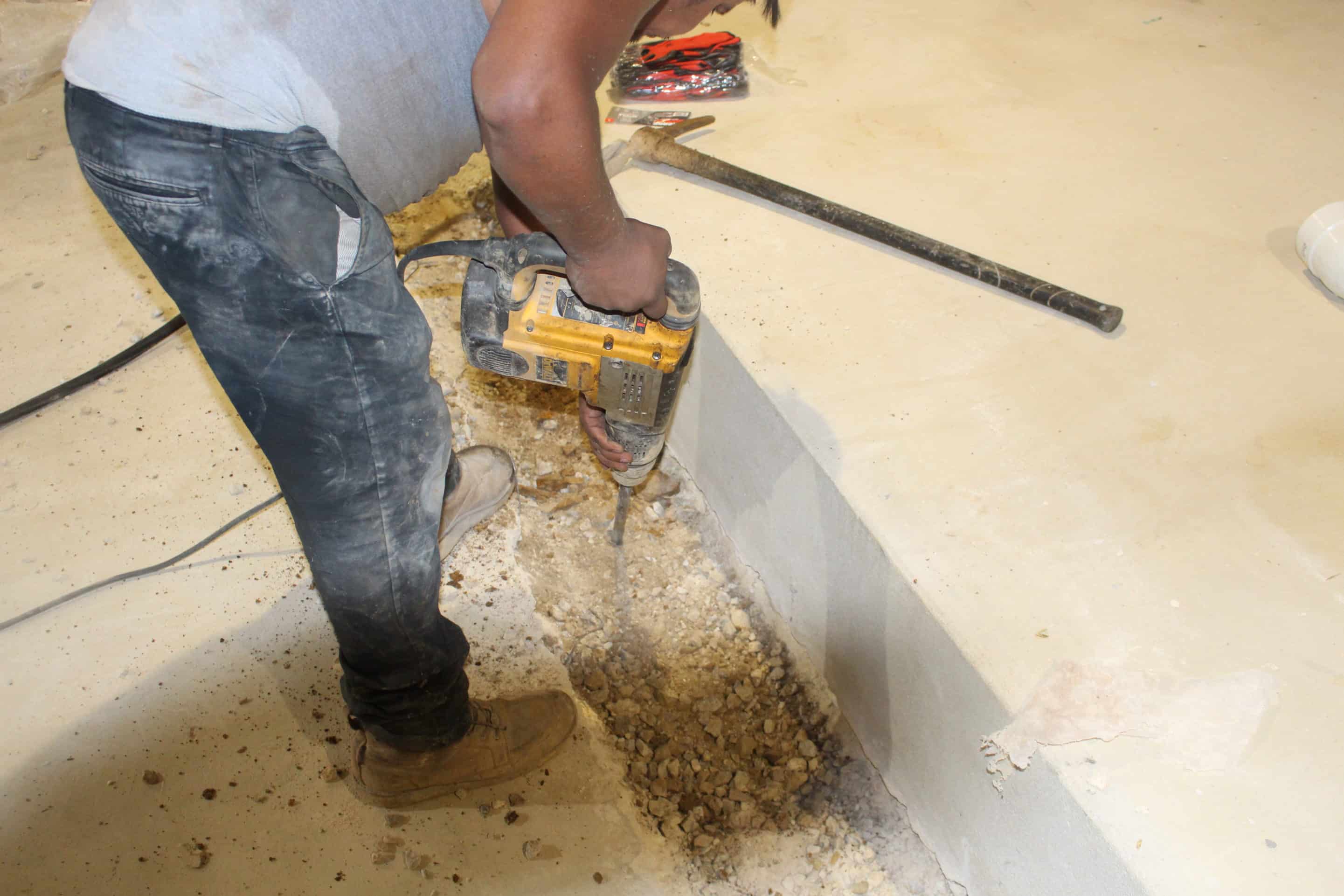
Basement water intrusion is a common issue that homeowners face. Whether it is due to cracks in the foundation, heavy rain, or snow melts, water can find its way into the basement, causing various problems ranging from dampness to severe structural damage. This article will explore various aspects of basement water intrusion and suggest ways to prevent and remedy this issue.
Causes of Basement Water Intrusion
Cracks in the Foundation
Over time, concrete walls or masonry walls may develop cracks, allowing water to seep into the basement. These cracks may be the result of hydrostatic pressure forces, settling of the house, or simple wear and tear.

Hydrostatic Pressure
The water table in the soil can create hydrostatic pressure against basement walls, leading to water seepage. This can be exacerbated during periods of heavy rain or when melting snow increases the surface water level.
Footing Drains and Surface Runoff
Poorly installed or clogged footing drain systems and lack of surface runoff control like gutters and downspouts can lead to water pooling near the foundation.
Wet Soil and Snow Melts
Loose material in the yard and porous soil can retain excess water, leading to wet soil that may cause water to flow towards the foundation. Snow melts can contribute to this problem, especially in the spring.

Plumbing Pipes and Cold Water Pipes
Leaks from plumbing pipes or condensation on cold water pipes may lead to water seepage in the basement.
Identifying Water Intrusion
Look for wet spots on the basement floor, wet basement walls, and humidity. If you find any of these signs, it might be time for a free inspection by a professional. Water vapor and humid air can be signs of a more significant problem, such as leaking around basement windows or leaky dryer vents.
Preventive Measures
Interior Drainage System
Installing an interior drainage system in the basement, including a sump pump or sump pumps, can prevent water from accumulating. These systems collect and carry water away from the house.

French Drain and Curtain Drain
These shallow trench or shallow ditch systems, filled with gravel, can effectively divert surface and subsurface water from the basement.
Waterproofing the Walls and Floor
Applying hydraulic cement, polyurethane caulk, or foam insulation to basement walls and basement floors can seal cracks and prevent water seepage. This may be a permanent fix, although regular inspection and maintenance are essential.

Gutter Extensions and Downspouts
Ensuring that gutters and downspouts are not dumping water close to the foundation is vital. Gutter extensions can direct rainwater and falling rain away from the house.
Insulating Cold Water Pipes
Using foil tape or other insulating materials on cold water pipes can prevent condensation and water drips.
Repair and Costs
If water intrusion is left unchecked, it may require more extensive repairs. Options like installing footing drains, sealing cracks with hydraulic cement, or adding a French drain may cost a few hundred dollars to a few thousand, depending on the severity and area affected.
Basement water intrusion is a multifaceted problem, requiring attention to various elements, including the house’s foundation, walls, floor, drainage system, pipes, and even the yard’s soil and ground conditions. Leaking can lead to wet basements, impacting the house’s integrity and indoor environment. By understanding the underlying causes and taking proactive measures to prevent water intrusion, homeowners can protect their investment and maintain a dry and healthy living space. Regular inspection and maintenance are essential to keep the basement dry, and professional help may be necessary for more complex problems. Call Basement Waterproofing Scientists now for your free estimate.

